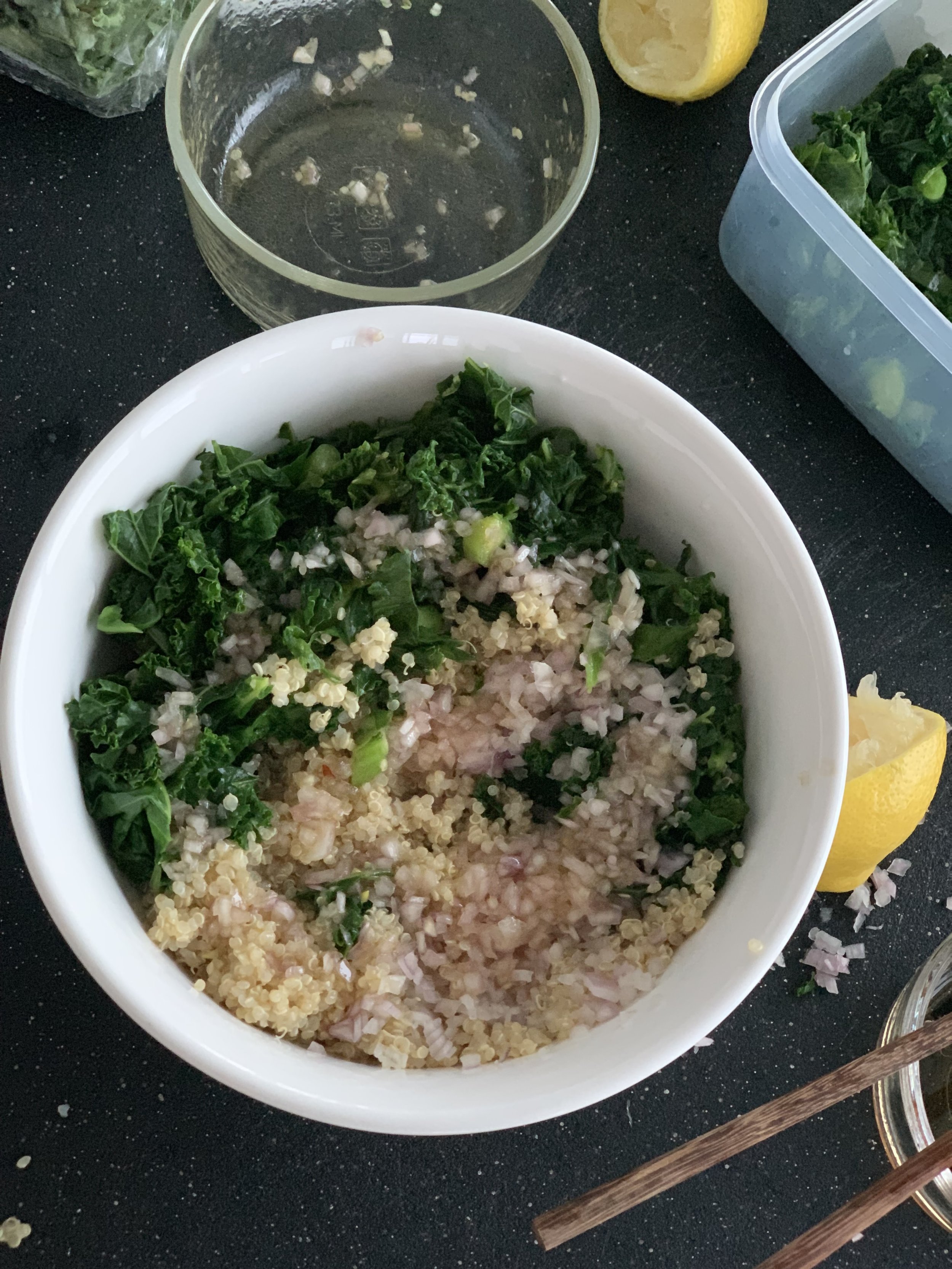My Clear Obsession with Carbohydrates and Added Sugars
It’s no secret that I love junk food. I consistently consume a variety of food items that are high in refined sugars and carbohydrates, but it’s not all bad! Carbohydrates come in three forms: fiber, starch, and sugar. Fiber and starch are the building blocks of complex carbohydrates, and sugar is also considered a simple carbohydrate. Foods that are commonly high in complex carbohydrates can actually be whole foods such as whole grains, sweet potatoes, or legumes. This fact is not just reserved for junk food! Household foods that contain simple carbohydrates are: honey, maple syrup, and brown sugar. The majority of all whole foods have some sort of sugar content (which has unfortunately been given a bad reputation), but works in different ways to allow nutrients to enter your body. Whereas foods with added sugar have been refined, processed, and contain a significantly lower amount of nutrients to virtually none and are usually derived from cane sugar and/or sugar beets.
The dangers of eating too much refined sugars are:
- Higher intakes of sugar increase your chances of developing type 2 diabetes
- The more added sugars you eat the more chances you have of gaining weight and becoming obese
Due to my awareness of how junk food can damage my health, I try to find a healthy balance by consuming whole foods and whole grains. (There it is, that whole foods word again! Not the grocer, the product). Whole grains are seeds that come from wheat. A whole grain is a non-refined wheat product that still contains the bran, germ and endosperm. Nothing but the good stuff! Next time you are reading a label or article, take care to know that whole foods will offer you nothing but what your body needs for clean fuel!
Fun fact: Restoration Hardware sells food! When you only feel like window shopping but want to experience an upscale dining experience, this is the place to go! Expensive wares and good food!
The health benefits of incorporating whole grains are included but not limited to:
Decreasing your risk of developing diabetes
Protection against heart disease
Some of my favourite whole grains to eat are:
Quinoa (high in fibre)
Oats (high in fibre)
My favourite junk food high in carbohydrates and refined sugars is:
Instant Ramen
My favourite drink high in refined sugar is:
Ginger-ale
Below you will find my go-to healthy re-up kale and quinoa bowl recipe! I call this a re-up because I always make this meal when I need some more healthful food in my life. This is perfect for whenever you want to inject a clean meal into your diet! Happy dining!
How much:
1/2 Cup
1 Cup
2-6 Cups (optional)
1/2
1
2 Tbsp
4 Tbsp
1 Tsp
What’s in it:
Quinoa
Water
Kale
Lemon
Shallot
Maple Syrup
Olive Oil
Salt
Tools:
2 Steel Bowls
Ice
Mixing Spoon
Tasting Spoon
Pot with lid
Measuring Cups
Measuring Spoons
Chef Knife
Sieve
Whisk
Advance Prep
Collect all equipment.
Clean and sanitize work space.
Collect, cut and measure all ingredients.
Wash quinoa in cold water.
Wash and rough chop kale.
Cooking
Place pot over moderate heat.
Immediately add water.
Once you see it boiling add quinoa and immediately bring to a moderate simmer.
When you see the liquid reduce and small pockets of air appearing turn check moisture.
Once the moisture is significantly gone turn off heat.
Remove quinoa and add to steel bowl on top of ice bath.
Steam kale.
When kale turns bright green and stems are softer remove from pot.
Add kale to steel bowl on top of ice bath.
Once quinoa and kale are cooled down add to fridge.
Brunnoise Shallot
Add lemon, maple syrup, shallot, olive oil to bowl, whisk until emulsified.
Add cooled quinoa and kale to bowl.
Top with dressing and mix.
Fin.
Remember everything in moderation (thank goodness moderation is subjective), especially junk food! I wish you the best of luck in your own discoveries of finding balance between junk and wholesome well-rounded food!









![Food choice. [Photography]. Retrieved from Britannica ImageQuest, Encyclopaedia. quest.eb.com/search/132_1286833/1/132_1286833/cite.](https://images.squarespace-cdn.com/content/v1/57378983356fb0e4882b6f9b/1559870213939-2I4YX05SLIDPUUWU0KSI/132_1286833-W.jpg)
![Health Canada. [Photography]. Retrieved from Government of Canada Food Guide. https://food-guide.canada.ca/en/guidelines/section-1-foundation-for-healthy-eating/#t2.](https://images.squarespace-cdn.com/content/v1/57378983356fb0e4882b6f9b/1559837977242-883KS4Y3GDISCT8M8NOX/Screen+Shot+2019-06-06+at+12.19.27+PM.png)
![Guiding children's diets. [Photography]. Retrieved from Britannica ImageQuest. quest.eb.com/search/132_1291295/1/132_1291295/cite.](https://images.squarespace-cdn.com/content/v1/57378983356fb0e4882b6f9b/1559870465512-49RTWAEJ7S7G7LBBOJVW/image-asset.jpeg)